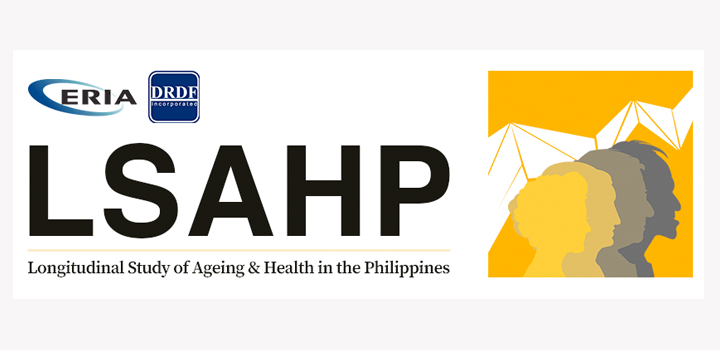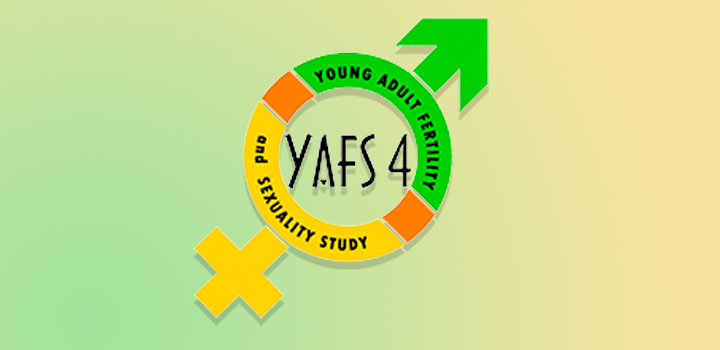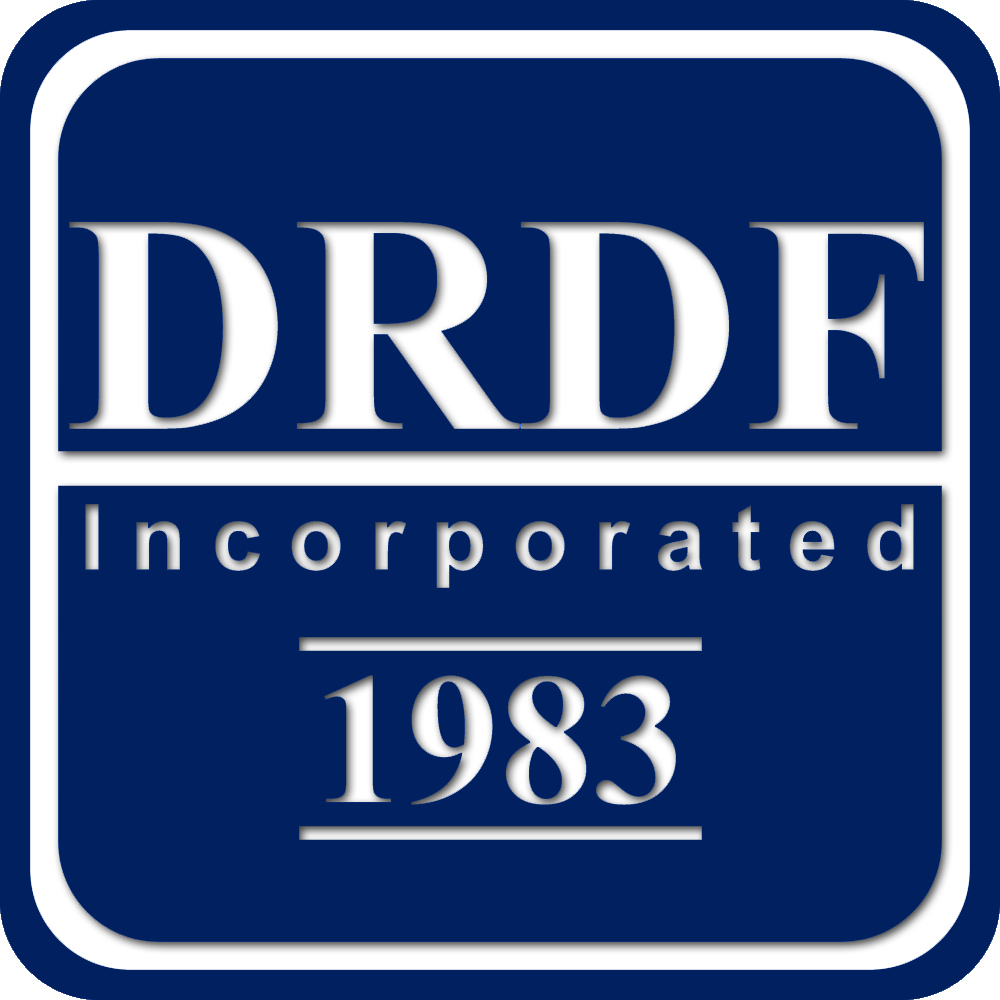
The Philippines has officially adopted the Enhanced K+12 Basic Education Program, which requires all incoming students to enroll in two more years of basic education. The K+12 program is composed of the universal kindergarten, 6 years of elementary, 4 years of junior high school and an additional 2 years for senior high school. The program aims to uplift the quality of education in the Philippines, enhance the competencies and skills of graduates for employment and lifelong learning and to make the Philippines conform to the international standard of a 12-year basic education program. The new curriculum is an expansion of the old curriculum which delivers a 12-year curriculum in just 10 years. The poor quality of basic education as reflected in the low achievement scores of Filipino students and their lack of competitive edge in the global market has been attributed in part to the congestion of the old curriculum. The short duration of the basic education has put into disadvantage Filipinos who work and pursue further studies abroad.
The implementation of the K+12 program will be done in phases. The new education curriculum was initiated this school year (SY 2011-2012) with the implementation of universal kindergarten. By next school year (SY 2012-2013), a new curriculum will be offered to incoming Grade 1 as well as to incoming junior high school students. The target of the Department of Education (DepEd) is to put in place the infrastructure and other necessary arrangements to provide Senior High School education starting SY 2016-2017.
It is within this context that this study on the Stock and Flow projection of the enrolment and the education requirements for the next ten years (i.e. 2012-2022) using various assumptions on the education sector performance is being undertaken. The projections use three population growth scenarios: low, medium and high assumptions. The projections will help in the planning for the full implementation of K+12 by providing the necessary information on resources needed to meet the demand of the future cohorts of enrollees, thus ensuring smooth program implementation.
This project is a collaborative work between the Demographic Research and Development Foundation (DRDF) and the Australian Agency for International Development (AusAID) and is being implemented for the period 12 August to 28 October 2011.
Partner/s
Australian Goverrnment





